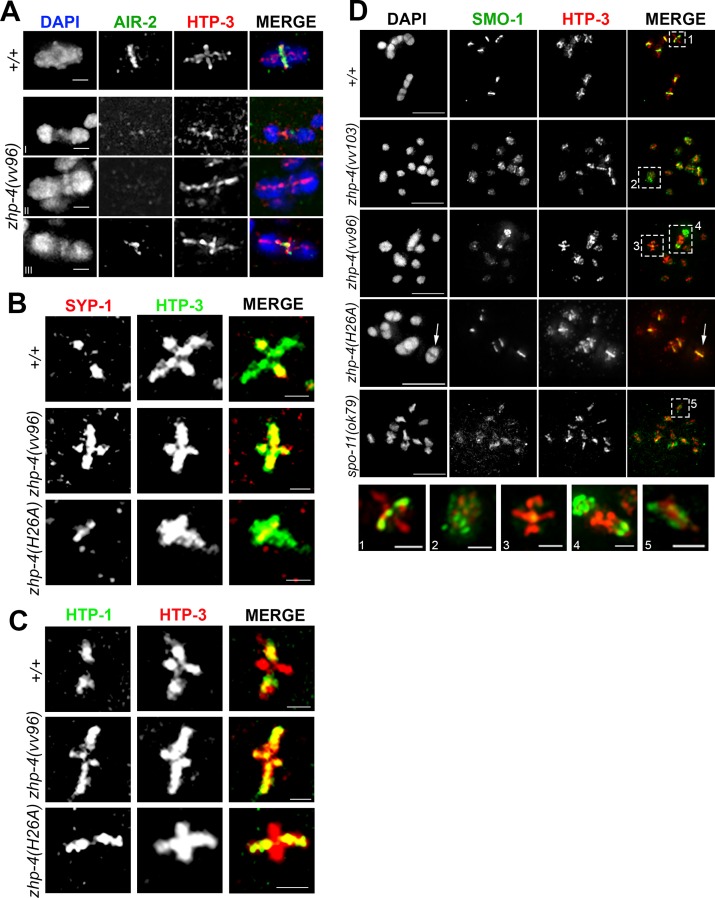Fig 9. Diakinesis bivalents fail to undergo remodelling in zhp-4 mutants.
(A) Representative images of wild-type and zhp-4(vv96) diakinesis nuclei stained with α-AIR-2 (green) and α-HTP-3 (red). Wild-type bivalents exhibit the axial element HTP-3 in a cruciform shape (defining both the long and short axial arms) while AIR-2 is restricted to the short arm. AIR-2 localization in zhp-4(vv96) mutants is variable and it can be detected on one HTP-3 axis of a well-formed bivalent structure (bivalent), or be undetectable on an aberrant structure (tethered). Scale bars 1 μm. (B) SC component SYP-1 (red) and HTP-3 (green) immunolocalization in diakinesis nuclei showing representative bivalent structures. SYP-1 localization is restricted to the short arms of the bivalent in wild-type and zhp-4(H26A) mutants, but is detected along both long and short arms in the zhp-4(vv96) mutants. Scale bars 1 μm. (C) α-HTP-1 (green) and α-HTP-3 (red) staining of diakinesis nuclei showing axis component HTP-1 restriction to the long arm of the wild-type and zhp-4 ring mutant bivalent while it is continued association with the short and long arm of the bivalents in zhp-4(vv96) mutants. Scale bars 1 μm. (D) -1 diakinesis oocyte (the last oocyte of the germline prior to entry into the spermatheca) stained with α-SMO-1 (green; the C. elegans SUMO ortholog) and α-HTP-3 (red), with magnified insets of individual chromosomal figures from individuals of the indicated genotypes (1–5). SMO-1 localizes to the short arms of bivalents in wild types, a pattern dependent on CO formation since SMO-1 remained associated with chromatin in spo-11(ok79) mutants. In both zhp-4(vv103) and zhp-4(vv96) nuclei, SMO-1 remained associated with the chromatin, even on bivalents assessed by the volume of the chromosome structures and HTP-3 staining. In zhp-4(H26A) mutants, SMO-1 localizes to the short arms axis of all bivalents and remains with the chromatin of the univalents. Magnifications of in lower row show (1) wild-type bivalent with SMO-1 localized to the short arms, (2) a bivalent in zhp-4(vv103) mutants with SMO-1 localized to the chromatin, (3) well-formed bivalent (as assessed by HTP-3 staining) in zhp-4(vv96) mutants without SMO-1 on the short arms, (4) example of tethered bivalent with enriched localization of HTP-3 at the tether and persistent chromatin localization of SMO-1, (5) a univalent in spo-11(ok79) mutants exhibiting SMO-1 localization with chromatin. Scale bars for main panel 5 μm; bivalent magnifications (1–5) 1 μm.

